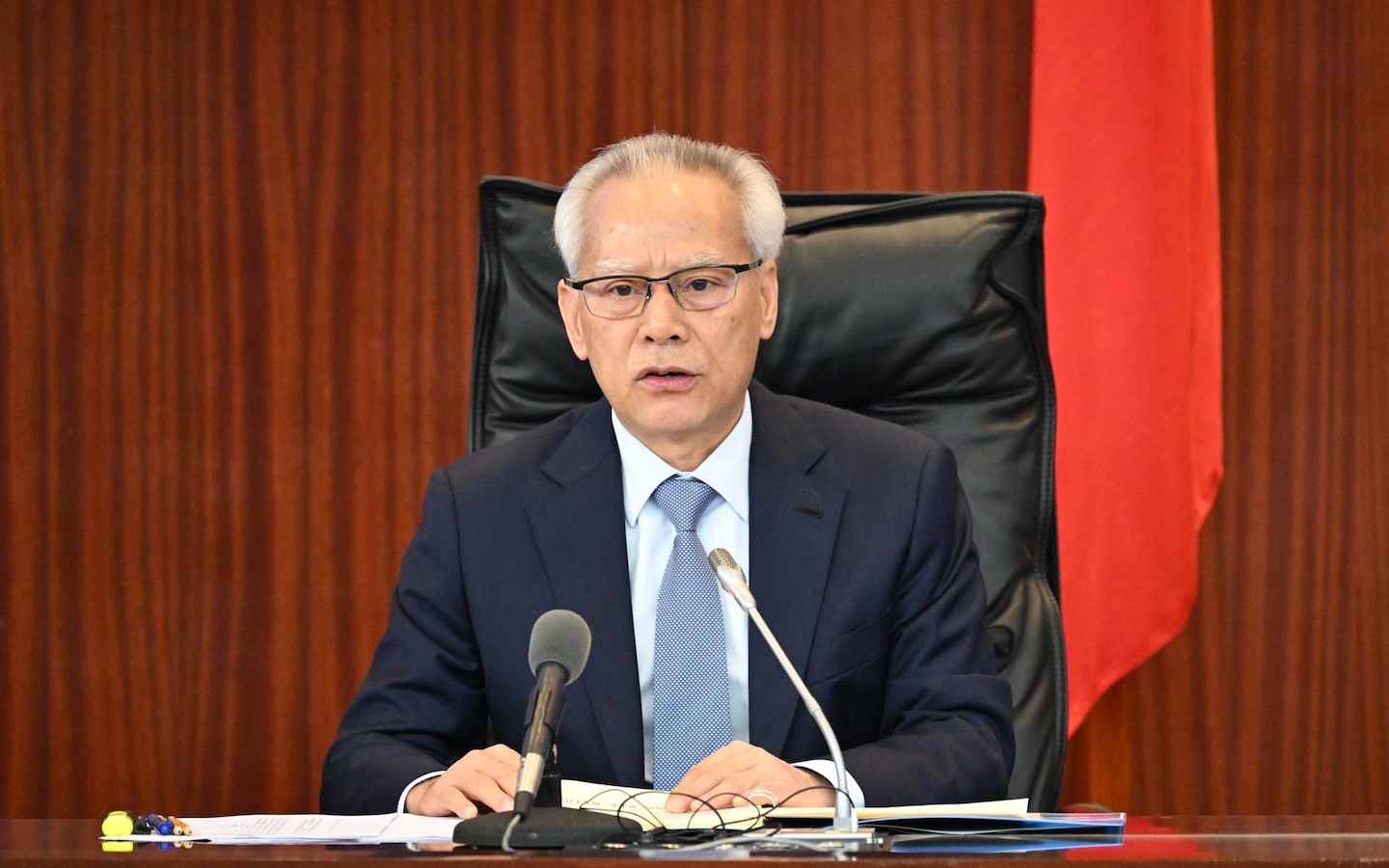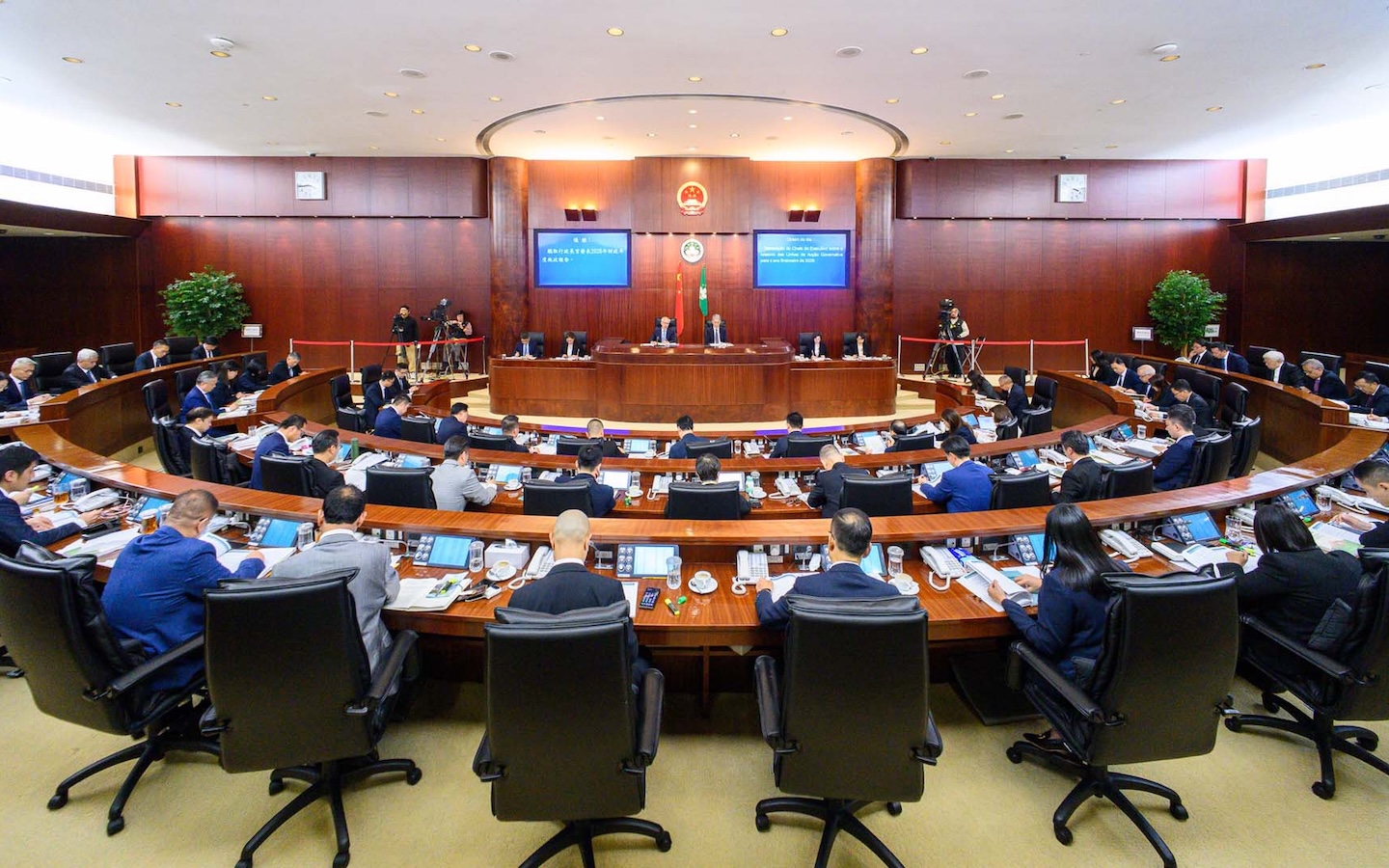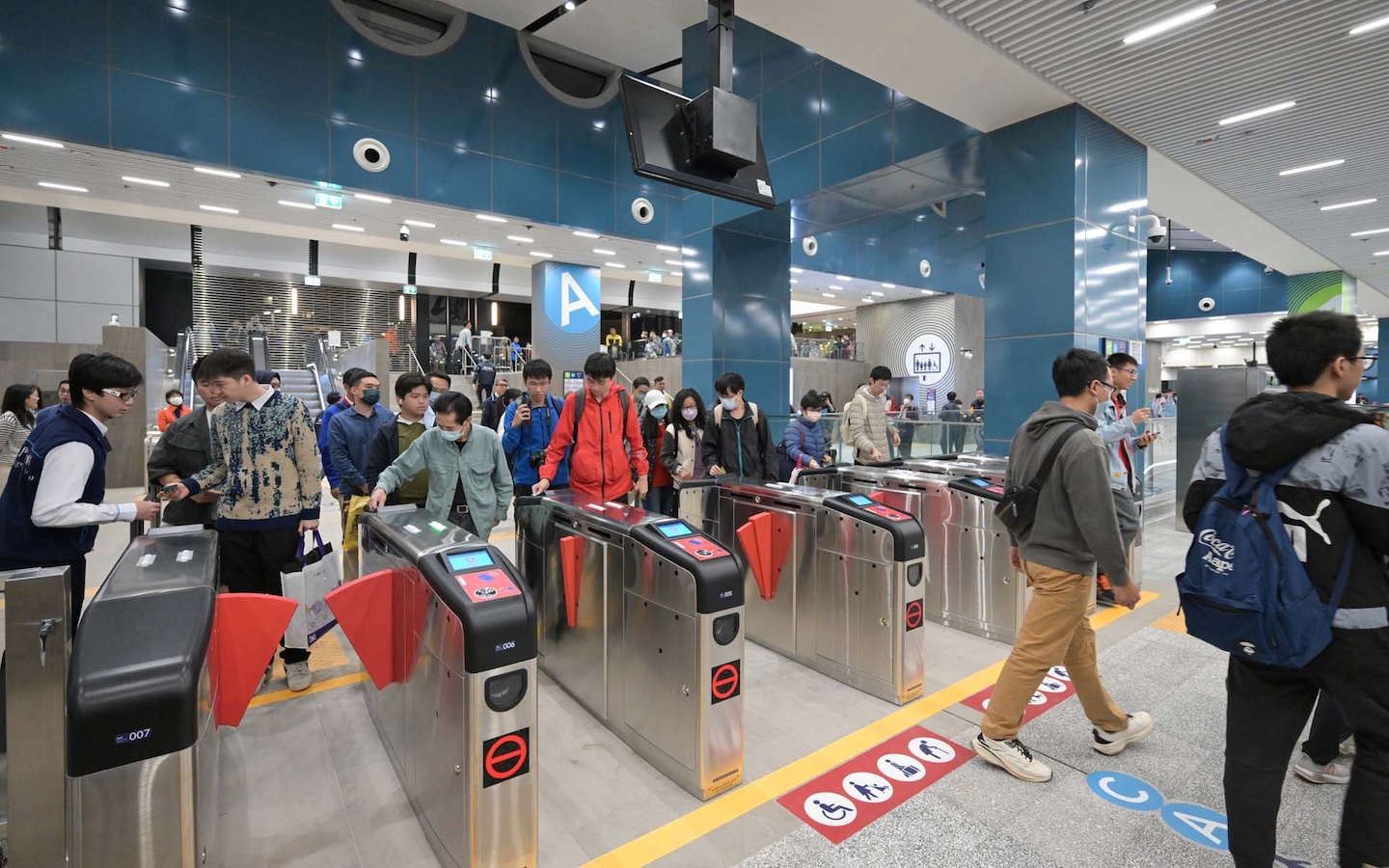The Guangdong‑Hong Kong‑Macao Greater Bay Area Initiative is an advanced version of the Pearl River Delta strategy first brought up in the 13th Five‑Year‑Plan (2016–2020) of China.
The Chinese government will unveil and implement a development plan for the Guangdong–Hong Kong–Macao Greater Bay Area (GBA) later this year and promote mutually beneficial co‑operation in all areas between the mainland, Hong Kong and Macao, Premier Li Keqiang said in his government work report to the 13th National People’s Congress (NPC) in March.
“We will fully support the integration of Hong Kong and Macao Special Administrative Regions into national development and boosting cross‑border co‑operation. We have every confidence that Hong Kong and Macao will develop and thrive together with the mainland,” he told the nearly 3,000 NPC delegates and a nationwide television audience.
It was Li who first presented the grand plan to build the GBA in his government work report in 2017. The development plan for the Greater Bay Area has been submitted for approval and is expected to launch soon.
The plan aims to transform the area into a globally competitive world‑class metropolis through integration and improved resource allocation. In addition to the two Special Administrative Regions (SARs), the GBA includes nine cities in Guangdong province: Guangzhou, Shenzhen, Zhuhai, Foshan, Huizhou, Dongguan, Zhongshan, Jiangmen and Zhaoqing, a cluster also called the Pearl River Delta and known as the “Factory of the World.”
The GBA region encompasses a total area of 56,000 sq km and more than 66 million people. It is the most affluent region in China, generating a GDP of roughly US$1.4 trillion in 2016, with per capita GDP of US$20,450, around 2.5 times the national average, according to data from UBS, an investment bank.
The government wants to build a new powerhouse comparable to city clusters such as the Greater Tokyo Area, San Francisco Bay Area and Greater New York, and achieve significant economic growth in the GBA over the next 5–10 years.
During the NPC, the National Development and Reform Commission, the country’s top planning body, said it would work faster to put in place mechanisms for coordinating development in the Greater Bay Area. It also promised to promote infrastructure connectivity and develop a network of major cities serving as drivers, and main transportation lines serving as pillars, for overall development. The region aims to build itself into an international centre for science and technology innovation and globally competitive modern industrial systems by leveraging comparative advantages of the 11 cities that make up the GBA.
The government wants to build a new powerhouse comparable to city clusters such as the Greater Tokyo Area, San Francisco Bay Area and Greater New York, and achieve significant economic growth in the GBA over the next 5–10 years.Premier Li Keqiang
Macao Chief Executive Chui Sai On and Hong Kong Chief Executive Carrie Lam both attended the opening ceremony of the NPC where Premier Li delivered his speech.
Regulating the region
Over the past five years, exchanges and co‑operation between the mainland, Hong Kong, and Macao have steadily improved with the completion of the Hong Kong–Zhuhai–Macao Bridge. Improved relations, and the new physical link between all three, will prove essential in the on‑going work to develop the Greater Bay Area.
The government wants to build a new powerhouse comparable to city clusters such as the Greater Tokyo Area, San Francisco Bay Area and Greater New York, and achieve significant economic growth in the GBA over the next 5–10 years.
Other regions of China earmarked for coordinated development include the Beijing–Tianjin–Hebei area in the north of the country and the Yangtze River Economic Belt in the east.
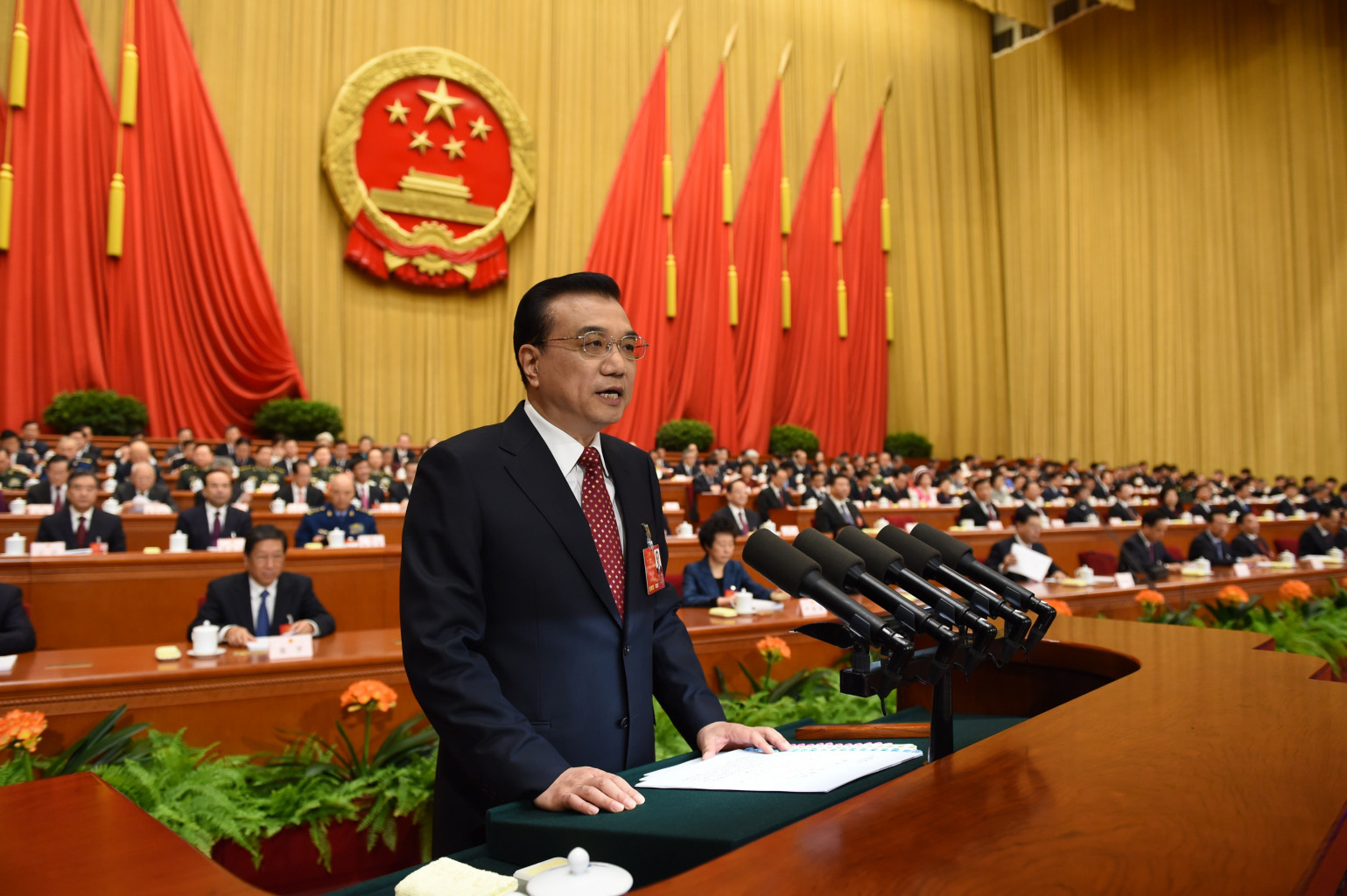
During the 13th National People’s Congress, members discussed a proposal to set up a unified regulatory agency in the GBA, that was tabled by the Chinese Peasants and Workers Democratic Party (CPWDP), one of China’s eight non‑Communist political parties. The proposal calls for China’s State Council to stipulate regulations and coordinate local governments to form a unified supervisory body in the GBA.
The supervisory body would combine the strengths of different cities – Hong Kong as a global trade and financial centre, Macao as a tourism and entertainment centre, Shenzhen as a technology hub, and the manufacturing capacity of Guangdong. It would handle the important issue of cutting costs for Guangdong’s manufacturing and encouraging innovation, as China’s manufacturing is losing its advantages due to higher tax burdens and labour costs. Moreover, the supervisory body would work toward industrial relocations among different cities.
Unlike other bay areas, the GBA links cities with different administrations, legal and economic systems, as well as different currencies. Such complexity will pose more challenges to the flow of talent, logistics, finance, and information. With infrastructure building up and faster talent flow, each city government should establish a supervisory body that can resolve differences in border controls, currency, legislation, and so on.
In a speech following the signing of a five‑year framework last July, Chief Executive Chui outlined four main areas of focus for Macao in the joint development of the Guangdong–Hong Kong–Macao Bay Area.
First, he said, the city should actively work to enhance its communication with the Central People’s Government, providing guidance and allow Macao to be more closely integrated with the national development effort. Second, Macao should spur on the improvement of its infrastructure and the application and coordination of its “One Centre” and “One Platform” policies, and facilitate the moderate diversification of its economy to complement the development of the Greater Bay Area.
To that end, the third area centres on deepening integrated development with Guangdong and Hong Kong. The city will uphold the principles of complementarity of edges and mutually beneficial co‑operation, implement early and pilot measures, and encourage innovative development. Lastly, Macao should optimise the use of its resources, taking into consideration the markets at home and abroad, mobilise various sectors of the community to participate in the initiative and make full use of local and foreign resources, he said.
Coordinator proposed for GBA
Many people have proposed that Beijing appoint a coordinator with a high rank to oversee the growth of the GBA and balance the different interests.
“Integrating the Greater Bay Area has been a sensitive plan, because it is also seen as a political mission,” explained Ding Li, an economics professor at the semi‑‑official Guangdong Academy of Social Sciences. The “one country, two systems” principle implemented in the SARs only promises 50 years of unchanged economic and political systems; it expires in 2047 for Hong Kong and two years later, in 2049, for Macao.
“To implement such a complicated plan, getting an official ranked vice‑premier or above on board is definitely a meaningful approach,” Ding said.
Professor Lau Siu‑kai, vice‑chairman at Chinese Association of Hong Kong and Macau Studies, agreed: “Given its significance to the overall national development strategy, it is appropriate to have a vice‑premier to oversee [the development at the Greater Bay Area].”
A strong coordinator would ensure that development benefits the GBA as a whole, rather than serving the individual interests of one city over another or allowing room for protectionist policies that would threaten co‑operation within the region.
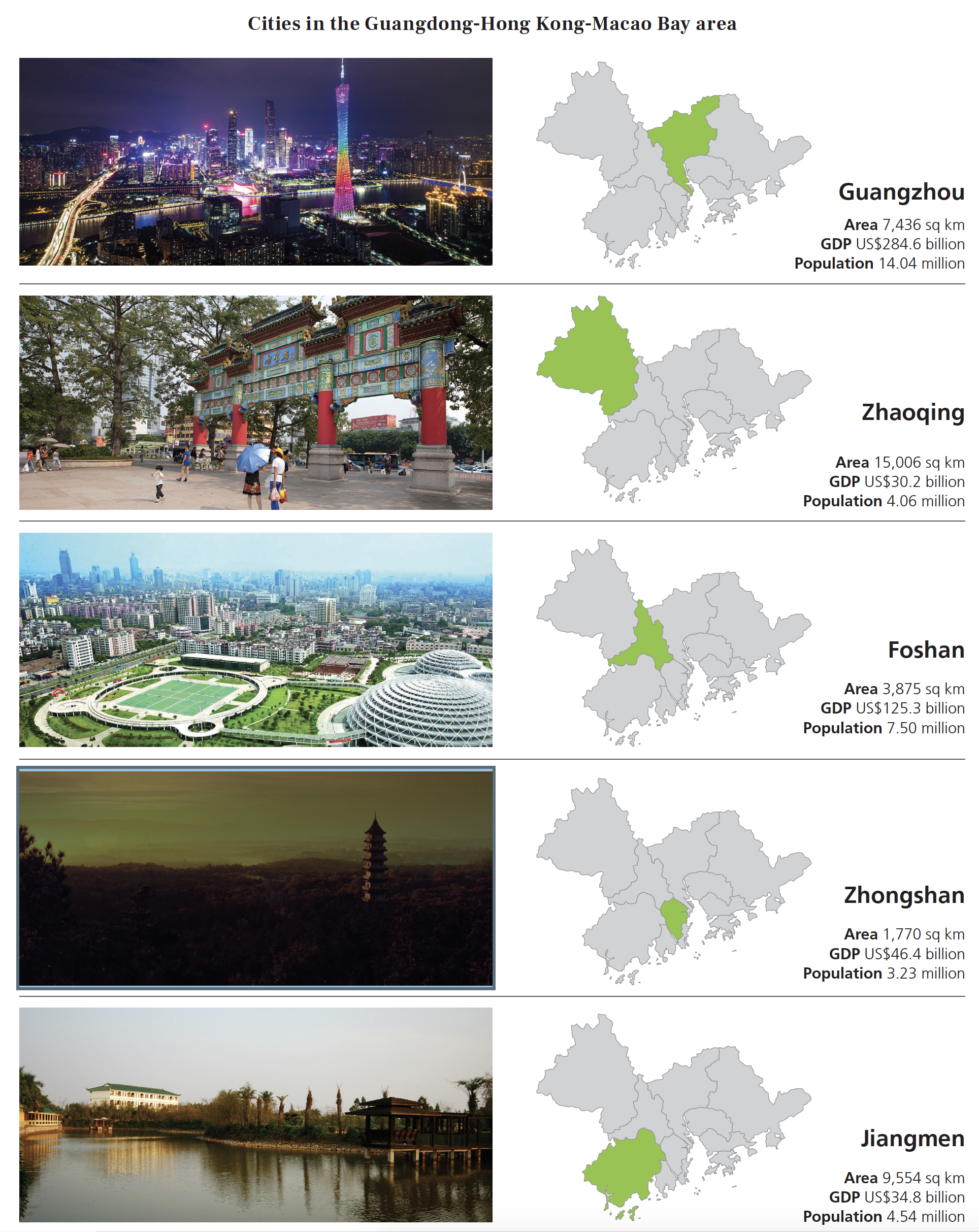
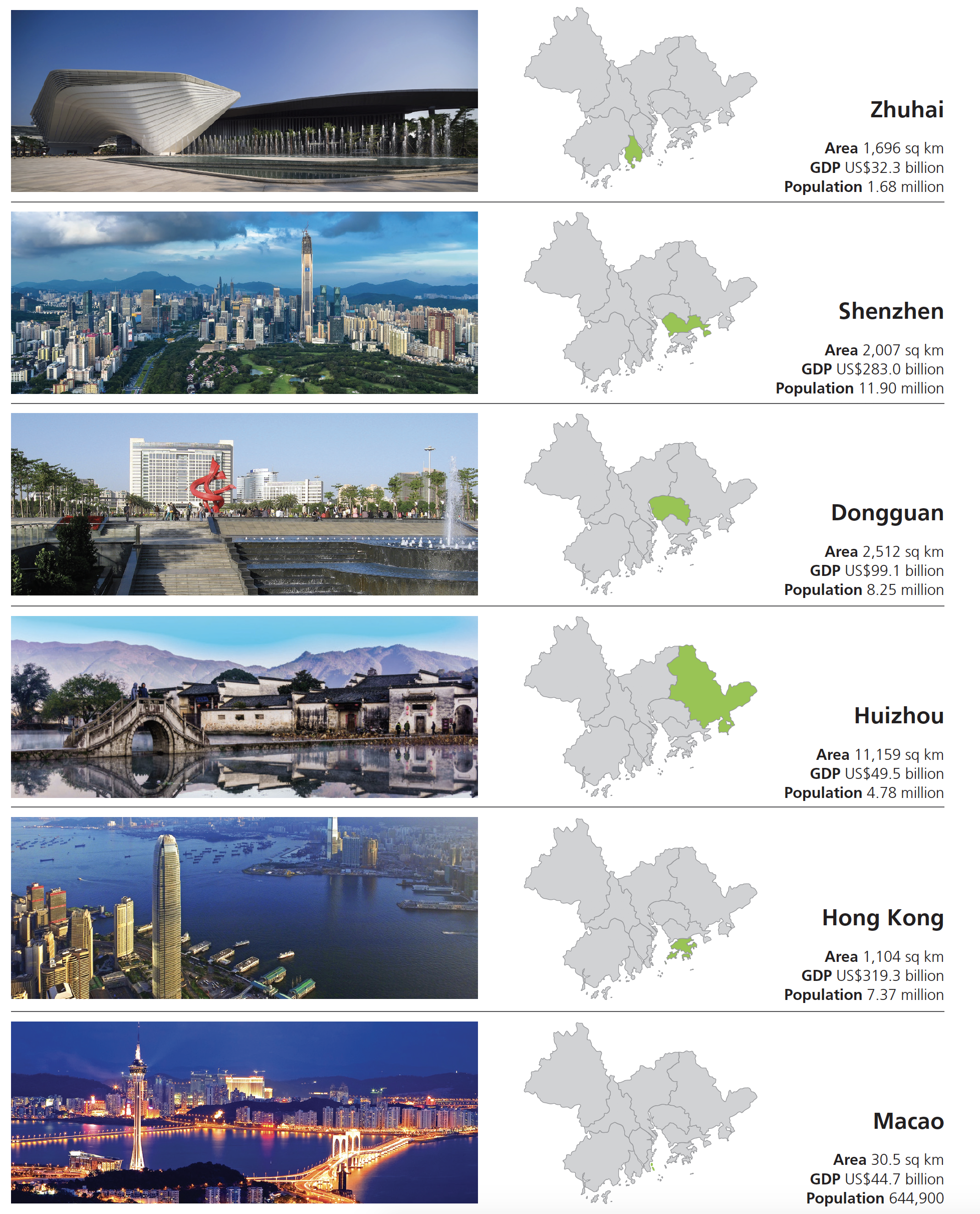
Delegates discuss the GBA
The GBA initiative was widely discussed by the delegates of the NPC and Chinese People’s Political Consultative Conference (CPPCC), which took place in Beijing at the same time.
A number of Macao CPPCC members also weighed in with their concerns and suggestions for improving the GBA. Chan Meng Kam suggested that China should amend the regulation of the Greater Bay Area development policy, in particular the article which defines Macao residents as outsiders [people living outside China]. Cheong Meng Seng said that he wanted China to grant the SARs’ residents’ Home Return Permits in the form of mainland ID cards.
CPPCC member Ma Iao Lai echoed the concerns raised by Professors Lau and Ding, suggesting that the Central People’s Government should coordinate all types of interests and competition in the GBA to avoid further contradictions and problems which might unwittingly be generated due to the “two systems.” Melinda Chan said she hoped that China could establish facilities for Macao students in Hengqin.
Chui Sai‑peng, an NPC delegate from Macao, focused on the city’s strengths in contributing to the project: “Macao will play an active role in development of the GBA. It has developed tourism facilities and advanced tourism education resources. In addition, as a bond linking the Chinese mainland with Portuguese ‑speaking countries, Macao can contribute to promoting business co‑operation and serve the Belt and Road initiative.”
Wong Ting‑chung, a businessman and NPC member from Hong Kong, spoke to the opportunities offered by the Initiative: “The GBA is vast, home to a rich supply of expertise and talent, and has an international vision and rich resources. I hope young people from Hong Kong and Macao will come to the area to study and work. The area creates a great opportunity for young people from across the world to start businesses.”
Ken Chu, group chairman and CEO of the Mission Hills Group and a National Committee member of the CPPCC, stressed that with the completion of two major infrastructure projects on the horizon – the Hong Kong–Zhuhai–Macao Bridge and Guangzhou–Shenzhen–Hong Kong express rail link – the focus should turn to fostering human connections within the region. In a South China Morning Post article, Chu argued that young people offer an important opportunity for bridging differences:
“There should be greater co-operation between the relevant bureaus in Guangdong, Macao and Hong Kong in organising youth games in popular sports such as soccer, basketball and table tennis. We can also focus on activities that integrate cultural elements such as Lingnan wushu, dragon and lion dancing, dragon boat racing. Giving sports a cultural spin would not only encourage participation, it would also lay the groundwork for youth to build camaraderie.
“The Greater Bay Area is set to spearhead world‑class innovation and boost the economy. It is crucial to attract innovative industries, cultivate talent and generate an exchange of ideas among higher education institutions,” he said, adding that “with the hardware for connectivity in place, it is vital that the software keeps pace.”
Low‑carbon economic model
The GBA offers an important opportunity for China to showcase its progress in environment and energy conservation, and create a model for economic growth predicated on reducing negative environmental impacts.
Xie Zhenhua, China’s top climate change negotiator said that the GBA was poised to become a world‑class, low‑carbon economic hub and take on a pivotal role in tackling global climate change.
“The plan [for the GBA] is part of the central government’s efforts to fulfil the country’s aim to slash carbon dioxide emission by up to 65 per cent by 2030 over 2005 levels,” he explained. “To meet growing world demand for sustainable development, the region should press ahead with astute moves to cut carbon dioxide emissions and combat climate change.”
He urged cities in the region to “make full use of their edge in innovative technology to forge a high ‑tech ‑powered green economy,” adding that “the synergy pulled together in the GBA will be a huge boom to help realise the promise made in the Paris Agreement [on climate change] – restricting the global temperature rise to below 2 degrees C by 2100.”
Next‑generation fintech
The GBA could also serve as a testing ground for new financial products. That was the proposal of Liu Mingkang, chairman of the China Banking Regulatory Commission from its creation in 2003 until his retirement in 2011.
Speaking at an investment conference in Hong Kong last October, he urged the establishment of a dedicated regulatory ‘sandbox’ for the GBA. These “safe, supervised spaces” allow businesses to pilot innovative products, services, business models, and delivery mechanisms without immediately incurring any regulatory consequences. This can help firms cut the time‑to‑market and offer better access to finance, spurring growth in other areas.
“The development of the GBA is important because it will be used by the whole nation to gain better experience of the continuous opening‑up reforms,” he explained. “We want to see how the GBA applies certain requirements and fundamentals using a market‑‑oriented approach under regulations which will produce success for some companies, and inevitably mean failures for others.”
A regulatory sandbox in the GBA – ideally in Hong Kong, the region’s finance hub – could provide a low‑cost testing ground for Chinese fintechs (financial technology firms) to verify their products and services and see if they were suitable for overseas market conditions under the laws, regulatory processes, and accounting practices operating in these countries.
“The sandbox for the GBA project could provide good communication, too, between regulators and market players,” Liu said. “Foreign US and European companies who want to come to China but are unclear on policy regulations and the market, could also make use of the sandbox to test out Chinese opportunities at low cost.”
He proposed that a steering committee comprised of representatives from Macao, Hong Kong, and Guangdong should meet each month, to focus on the most‑‑promising companies, particularly in blockchain, the Internet of Things, and other leading areas of innovation.
